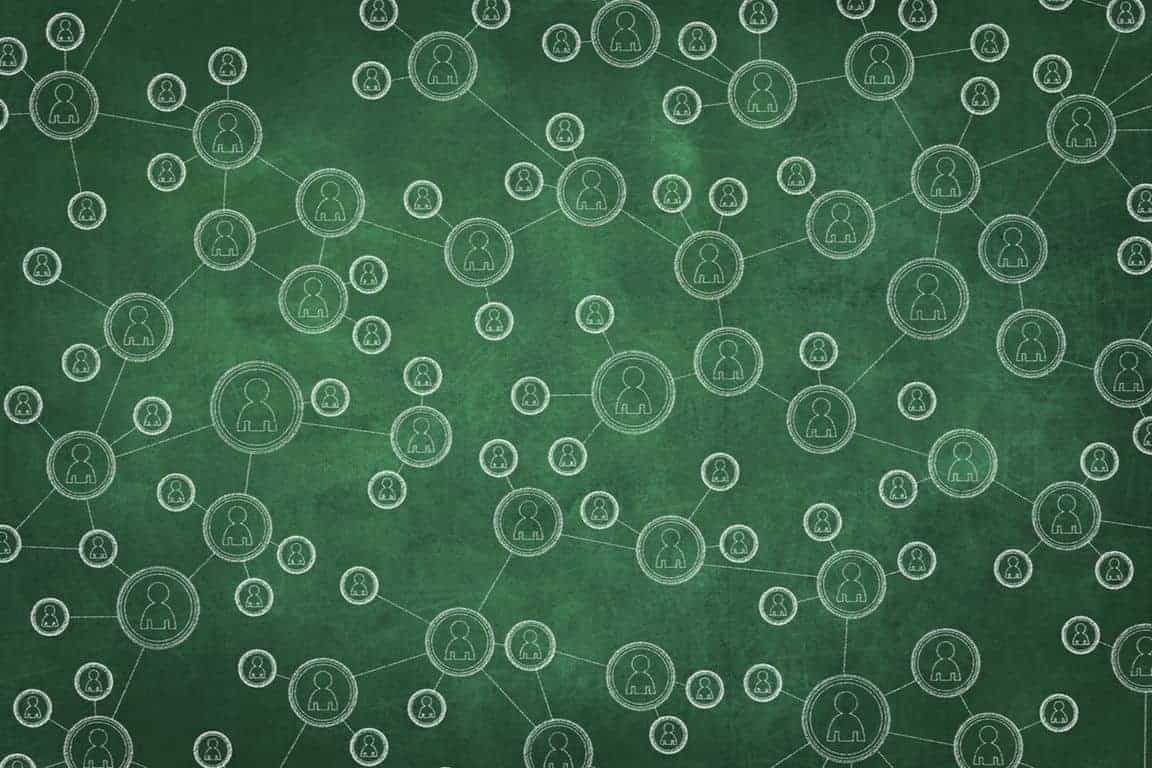
Nearly everything author Malcolm Gladwell said about how information spreads in his 2000 bestseller “The Tipping Point” is wrong, according to a recent study led by UCLA professor of sociology Gabriel Rossman.
“The main point of ‘The Tipping Point’ is if you want your idea to spread, you find the most popular person in the center of any given network and you sell them on your idea, and then they’ll sell the rest of the world on it,” Rossman said.
But Rossman’s latest study, recently published in Proceedings of the National Academy of Sciences, pokes holes in that widely accepted notion by showing how the presence of even just a bit of advertising or other mass communication — “top-down” information that comes from outside the network — effectively equalizes the influence of everyone across the network.
Rossman, together with co-author Jacob Fisher of Duke University and the University of Michigan, used a statistical programming language called R to build out network maps based on several different datasets. One set harnessed Twitter posts, along with retweets and mentions, over two weeks in 2011. Another used the Democratic National Committee email network from WikiLeaks’ 2016 data dump. Another used the emails of Enron executives subpoenaed in 2002. Six others were randomly generated.
These provided a network structure — a web of dots and lines showing how users in each network were connected to one another. Once those maps existed, Rossman and Fisher were able to see how quickly an idea might spread throughout the network if it started from the network’s single most important person or if it started from someone chosen at random.
They looked at that information spread in several ways, comparing via computer simulation how information moved throughout the networks when it came solely through word-of-mouth within a network (“bottom up”), when it came solely through external advertising or public information (“top down”) and when it came through varying bottom-up and top-down combinations.
What they discovered refutes Gladwell’s concept that network position is always paramount. They found that in instances where there is even a small amount of advertising — even when it is just a quarter of a percent as strong as word-of-mouth — there’s virtually no difference between the influence of the person at the center of a network and those further out on the string.
“It’s not that word-of-mouth doesn’t matter — it’s that nobody is particularly important for the word-of-mouth process,” Rossman said. “What we saw is that when advertising doesn’t exist, when advertising is exactly zero, it looks like whoever is Mr. Popular, whoever has the most central connections, really matters. And in that scenario, if you start with that person at the center of the network, like the leader of an organization or company, rather than the intern, then whatever you’re selling gets an uptick.”
But it takes only an incredibly weak amount of advertising to effectively neutralize the dominance of Mr. Popular, Rossman said. “Just a small amount changes the dynamic so that it practically doesn’t matter whether you start with Mr. Popular or the intern.”
Rossman is an expert on information spread in culture and mass media and is the author of “Climbing the Charts: What Radio Airplay Tells Us About the Diffusion of Innovation.”
The findings of his latest study, he notes, have wide-ranging implications, from selling products to a specific audience to understanding how to share information on vaccines with vulnerable communities.
“There’s a reasonably big body of literature that says you should find someone who appears to be structurally important to the network you’re trying to connect with,” he said. “We’re arguing that, if advertising exists, you can just pick somebody at random in the network and you’ll get just as good results as if you found the absolutely ideal person to start with.”
from ScienceBlog.com https://ift.tt/2Nv7DBv
No comments:
Post a Comment